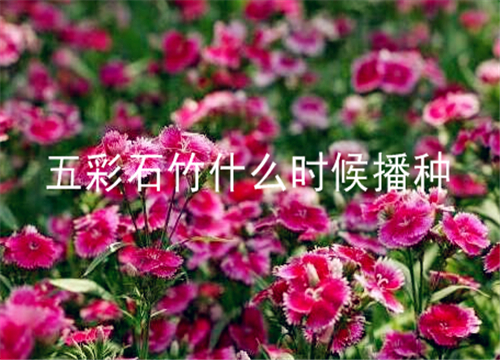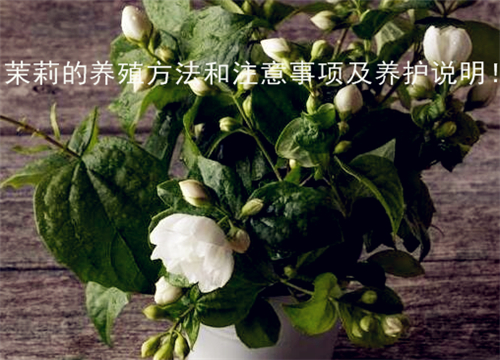How does bamboo thrive? Yellow leaves do that!
Bamboo is a general term for the genus Gramineae, which is called four gentlemen with plum, orchid and chrysanthemum, and three friends with plum and pine. There are many ancient and modern writers who love bamboo, but sometimes there are symptoms of yellowing of bamboo leaves in the process of culture. so how can bamboo be cultivated vigorously? What if the leaves turn yellow?
What kinds of bamboo are there?
1. Culm-shaped bamboos: the culm-shaped bamboos are Luohan bamboo, small Buddha belly bamboo, big Buddha belly bamboo, square bamboo, bamboo and so on.
2. viewing culm color: the bamboo with viewing culm color includes purple bamboo, spotted bamboo, golden bamboo, yellow stalk black chicken bamboo, yellow grain bamboo and so on.
3. Leaf color category: bamboo with leaf color category includes Yinyang bamboo, Phyllostachys pubescens, Huangtiao bamboo, Ruo bamboo and so on.
4. viewing plant type: the bamboo of viewing plant type includes Phoenix tail bamboo, violin silk bamboo, olive bamboo and so on.
Second, how to cultivate bamboo in order to flourish?
1. Soil: Zi likes acidic or neutral soil, avoid heavy and alkaline soil, can use rich and loose sandy soil, and can also use farmland soil mixed with humus soil and fine sand to increase soil permeability.
2. Flowerpots: bamboo is a plant with shallow roots, so you can choose a shallow flowerpot and add some strange stones or moss after planting, which can improve the ornamental value of bamboo and make it more fresh and elegant.
3. Watering: bamboo likes to be wet and afraid of waterlogging. Newly transplanted bamboo should be watered thoroughly first, not too much water in daily management. It should be watered and sprayed to the leaves every day in summer and reduced in winter to prevent frost damage.
4. Fertilization: bamboo should be mixed with organic fertilizer in the basin soil when planting, and topdressing properly after normal growth. To apply thin fertilizer frequently, 0.5% urea or 1.0% compound fertilizer can be applied in spring and summer water.
5. Diseases and pests: the main pests of bamboo are bamboo aphids, bamboo shell insects, etc., which can be sprayed with insecticides. The main diseases are coal fouling disease, arbuscular disease and so on. We should strengthen the management and prune the diseased plants in time.
6. Pruning: bamboo grows rapidly, so it should be pruned timely, leaving old and tender, dense and sparse, weak and strong, and proper removal of dead branches when changing pots every year, so as to keep the plant shape beautiful.
Third, the bamboo leaves turn yellow so do this!
In the process of bamboo growth, the leaves often turn yellow, which is mostly caused by the imbalance of cultivation and management. Too much water, too little sunlight and too little fertilizer will cause leaves to turn yellow, but the situation of yellowing is different, so we should carefully observe and analyze the reasons and correct them.
1. Water yellow
The young leaves were dark yellow and dull, the old leaves had no obvious change, the branches were small yellow-green, and the new shoots shrunk not long, indicating that they were overwatered. Remove the flowers from the pot and place them in a ventilated, cool, self-drying soil mass and then put them back into the basin.
2. Dry yellow
The yellow with lack of water is different from the yellow with more water, the yellow with lack of water is withered and dry at the tip or edge of the leaf, and the old leaves wither and fall off from the bottom up, but the growth of the new leaves is relatively normal. Pay attention to watering enough and thoroughly.
3. Burning yellow
Strong sunlight shines directly on some shade-loving flowers (such as hanging orchids, hairpins, etc.), which can easily lead to withered leaf tips and leaf edges, and macular spots in the sunny part of the leaves. Just move to the shade.
4. Lack of light and yellow
Put in shade environment for a long time, the leaves can not get enough sunlight, can not form chlorophyll, the whole leaves turn yellow and then fall off, supplementary light can avoid the disease.
5. Fat yellow
The yellowing of flowers caused by excessive fertilization or excessive concentration is shown in the dry brown on the tip of the new leaves, the leaves are generally thick and without luster, and the concave and convex are not stretched, and the old leaves are scorched yellow and fall off. Fertilizer should be stopped immediately and some fertilizers should be washed with a large amount of washing.
6. Lack of fat yellow
The performance is that the color of the young leaves becomes lighter, showing yellow or light green, while the old leaves are more normal or gradually change from green to yellow. Check the basin soil, if there is a dry phenomenon should change the soil, usually apply thin fertilizer frequently and timely pour some alum (Fugui bamboo is foliage plants should be nitrogen-based fertilizer).
Time: 2019-03-13 Click:
- Prev

When is the best time to sow colorful carnation? Explain the planting methods and matters needing attention in detail!
Colorful carnation, also known as bract carnation, American carnation, brocade, and so on, the color of flowering is very bright, very ornamental value. Its root and grass can be used as medicinal materials, with the effect of clearing away heat and diuresis and breaking blood and dredging menstruation. Deeply loved by many people, when is the best time to sow colorful carnation?
- Next

Detailed explanation of the breeding methods and matters needing attention of jasmine, master 4 tips to make its flowers blossom and fill the garden!
The mention of jasmine reminds me of a song in which one of the lyrics calls for a beautiful jasmine. Every year, jasmine blossoms from May to August, and the color is usually pure white, but it won't blossom if you don't raise it well.
Related
- Fuxing push coffee new agricultural production and marketing class: lack of small-scale processing plants
- Jujube rice field leisure farm deep ploughing Yilan for five years to create a space for organic food and play
- Nongyu Farm-A trial of organic papaya for brave women with advanced technology
- Four points for attention in the prevention and control of diseases and insect pests of edible fungi
- How to add nutrient solution to Edible Fungi
- Is there any good way to control edible fungus mites?
- Open Inoculation Technology of Edible Fungi
- Is there any clever way to use fertilizer for edible fungus in winter?
- What agents are used to kill the pathogens of edible fungi in the mushroom shed?
- Rapid drying of Edible Fungi

